Biomaterials are revolutionizing how we heal the human body and reduce our environmental footprint. In 2025, a new generation of startups is reimagining the future of materials engineering. And they are reshaping what’s possible through sustainable biomaterials, regenerative medicine, and bioengineered alternatives to plastic and leather. Research and development in biomaterials is trending, with innovative companies popping up every month.
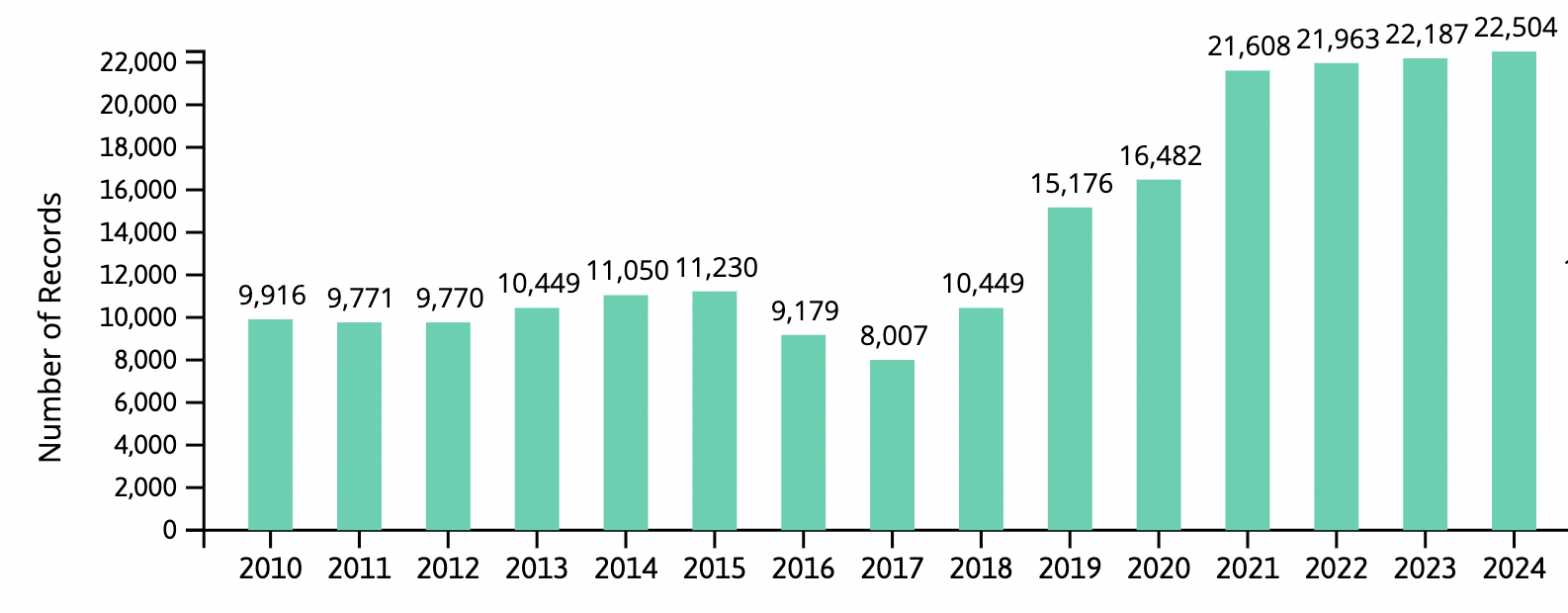
From biodegradable implants to fungus-based textiles, these 10 companies are setting the pace for the future of green innovation and biotech-powered design.
But first, if you want to dive deeper on the latest innovation insights around this topic, download our free report on the most recent updates on smart materials science.
1. 4D Medicine (UK)
Advanced Bioresorbable Implants with 3D Printing Technology
4D Medicine develops bioresorbable implants using its patented biomaterial, 4Degra®, a biocompatible resin optimized for 3D printed medical devices. The material safely degrades in the body and can be tailored for various clinical needs, from soft to rigid structures. Backed by a recent £3.4 million funding round, the company is scaling its platform for next-generation implantable biomaterials.
2. Cellbricks (Germany)
Pioneering 3D Bioprinting with Global Expansion
Cellbricks is advancing the field of 3D bioprinting by creating complex tissue models with a high level of structural precision. Their proprietary technology enables the fabrication of customized cell-based implants for research and therapeutic use. In 2025, Cellbricks announced its expansion into the U.S. with the launch of a subsidiary in Cambridge, Massachusetts — marking a major step in bringing its tissue-engineered solutions closer to clinical and biotech partners in North America.
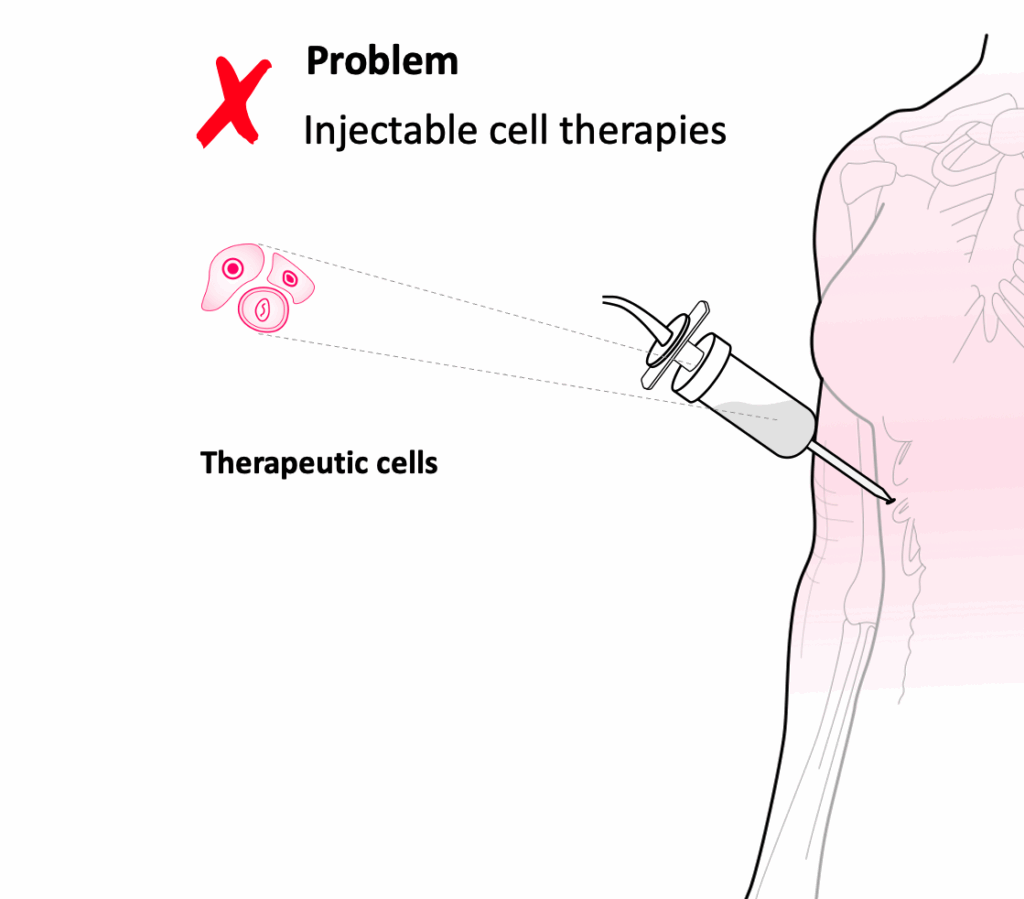
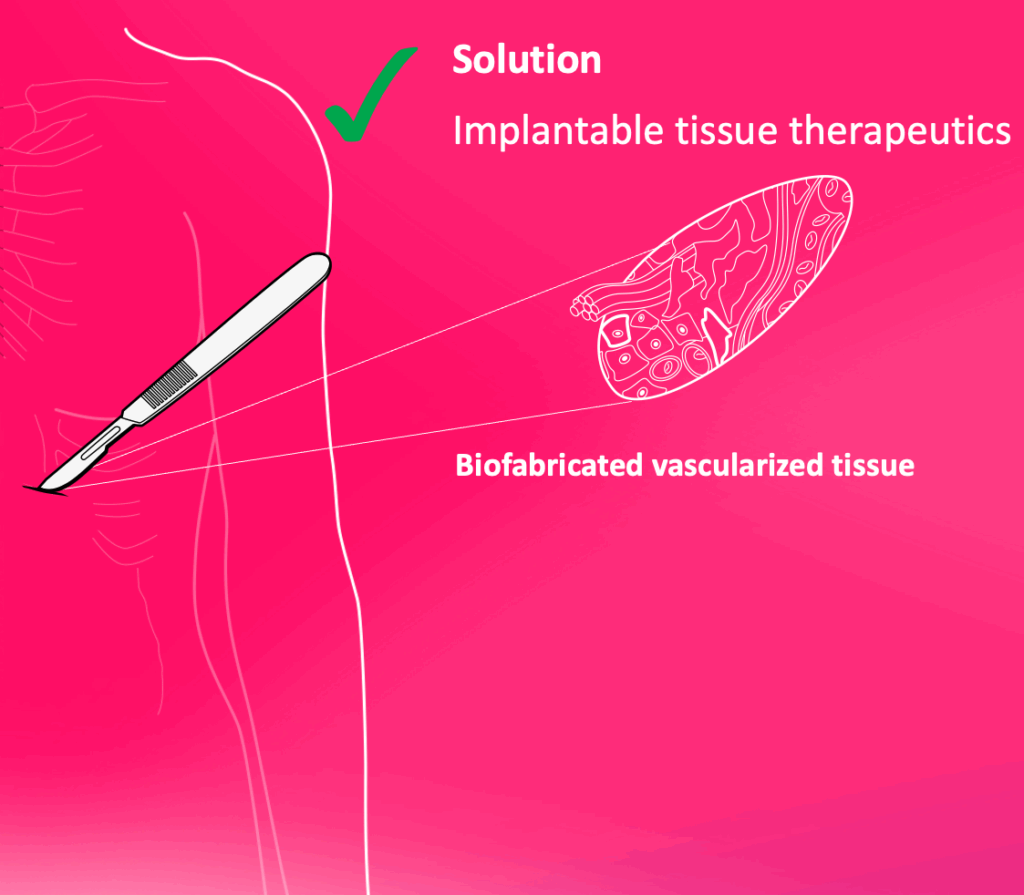
Image: Cellbricks
3. FlexSea (UK)
Seaweed-Based Films to Replace Single-Use Plastics
FlexSea produces high-performance packaging films made from seaweed-derived biomaterials, offering a fast-degrading, marine-safe alternative to plastic packaging. Their solution addresses both plastic pollution and carbon emissions by leveraging a renewable resource with a short life cycle and low ecological impact. Last year, they were granted €2M to scale a partnership with the University of Warwick and other companies to commercialize FlexSea’s seaweed biopolymer material.
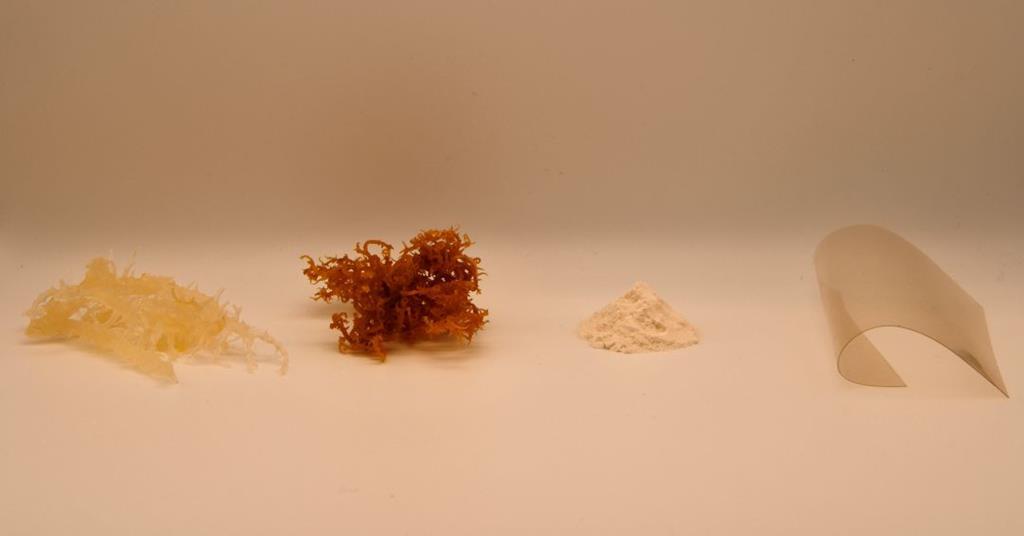
4. inSoma Bio (USA)
Redefining Regenerative Medicine with Injectable Scaffolds
inSoma Bio is creating injectable, protein-based scaffolds designed to aid soft tissue regeneration, with a focus on breast reconstruction following mastectomy. These regenerative biomaterials are biocompatible, low-cost, and scalable — making them a game-changer for reconstructive and aesthetic procedures in healthcare systems worldwide.
5. PACT (UK)
Scalable Collagen-Based Biomaterials for Luxury Fashion
Cambridge-based PACT is redefining sustainable fashion with Oval, the world’s first scalable biomaterial made from natural collagen instead of plastic. Developed through a patented process using cosmetic-grade collagen and all-natural ingredients, Oval offers a high-performance, climate-responsible alternative to leather. Backed by a recent €10.7M funding round, PACT is partnering with leading luxury maisons to bring this elegant, adaptable material to market.
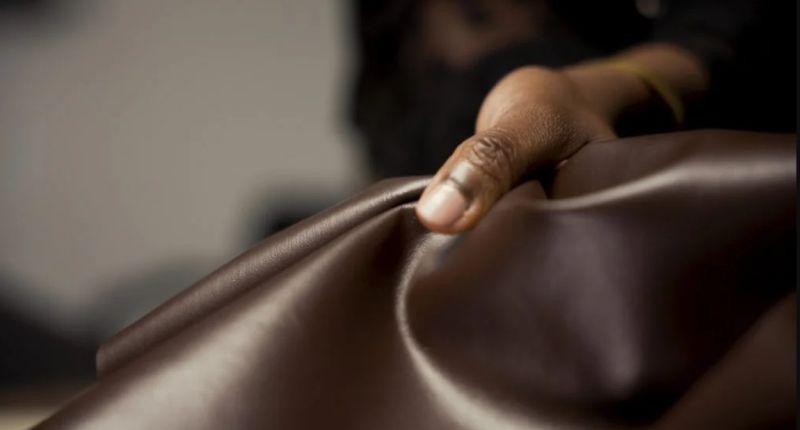
6. Qorium (Netherlands)
Real Leather Grown Without the Cow
Qorium is using cellular agriculture to grow lab-grown leather from animal cells, eliminating the need for livestock and traditional tanning. Their biofabricated leather drastically reduces water use, carbon emissions, and toxic waste, making it a sustainable option for luxury fashion and automotive interiors. In October 2024, Qorium unveiled a 35×35 cm leather sample produced using its newly scaled-up tissue bioreactor, marking a major step toward commercial-scale production.
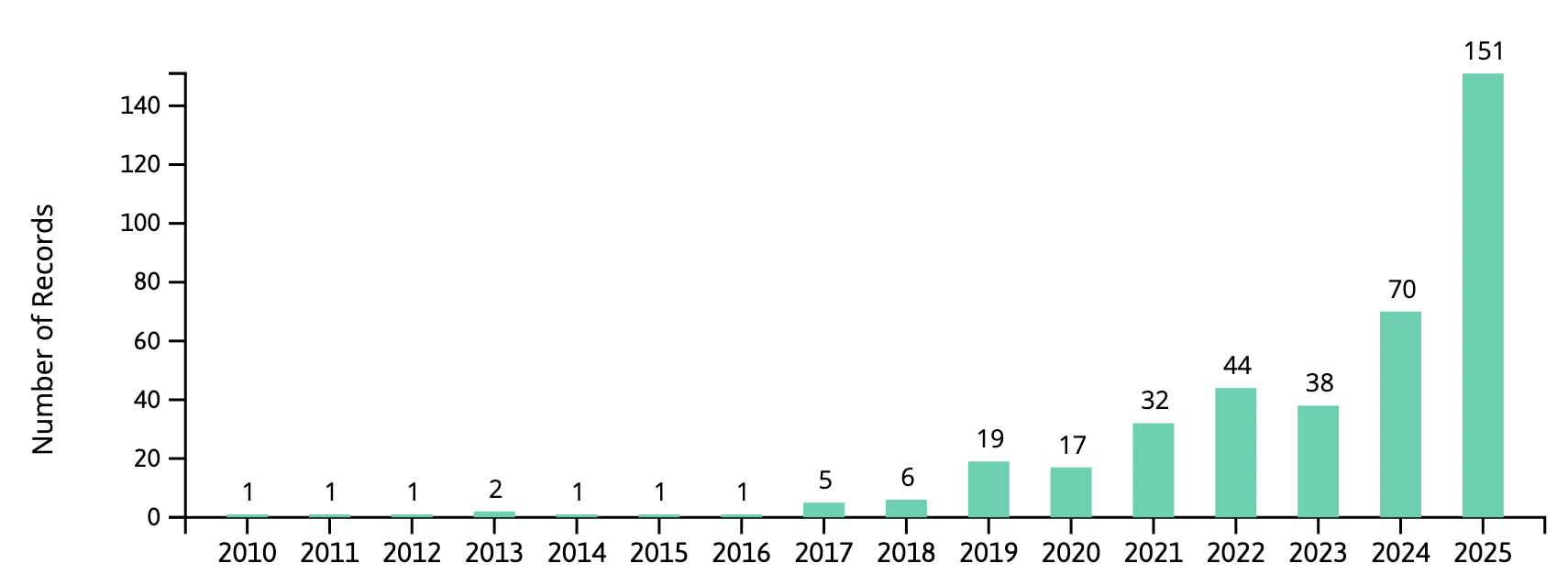
7. Silk Biomed (Spain)
Silk-Based Materials for Nervous System Repair
Silk Biomed is a spin-off of the Biomedical Technology Center of the Polytechnic University of Madrid. Using the unique properties of silk proteins, the company is engineering bio-scaffolds that support nerve regeneration. Their silk biomaterials, derived from natural sources, are being developed to treat neurological injuries and disorders such as Parkinson’s disease and stroke. It’s a promising fusion of biomaterials and neuroregenerative therapy.

8. Tidal Vision (USA)
Transforming Seafood Waste into Sustainable Industrial Chemicals
Tidal Vision is pioneering the use of chitosan, a biodegradable polymer extracted from discarded crab shells, to develop sustainable alternatives for various industrial applications. Their zero-waste process converts seafood byproducts into high-performance materials used in water purification, agriculture, textiles, and more. In early 2025, Tidal Vision secured a significant boost with a $140 million Series B financing round. The funds will support the expansion of their production facilities in Texas, Ohio, and Europe, as well as advancements in research and development efforts.
9. TômTex (Vietnam/USA)
Sustainable Vegan Leather from Mushrooms and Seafood Waste
TômTex is turning waste into wonder by transforming discarded seafood shells and mycelium into vegan leather. Their material is not only biodegradable and plastic-free but customizable in color and texture, making it ideal for the growing market of sustainable fashion and eco-friendly design. Last year, their technology was selected among Time’s best inventions.

10. traceless materials (Germany)
Plastic-Free Packaging from Agricultural Waste
traceless materials converts leftover grains from food production into compostable bioplastics that are fully plastic-free and don’t require industrial composting. Their innovative process turns agricultural byproducts into packaging solutions that fit perfectly into the circular economy model. They recently signed a partnership with Mondi to upscale their plant-based coatings into the paper industry.
The Future of Biomaterials Is Now
Whether in a surgical suite, a clothing label, or a product package, biomaterials are reshaping how we live, consume, and heal. These startups are leading the movement toward a future built with regenerative, biodegradable, and performance-driven materials.Expect their influence to grow as industries shift toward sustainable innovation and climate-smart materials in 2025 and beyond.






